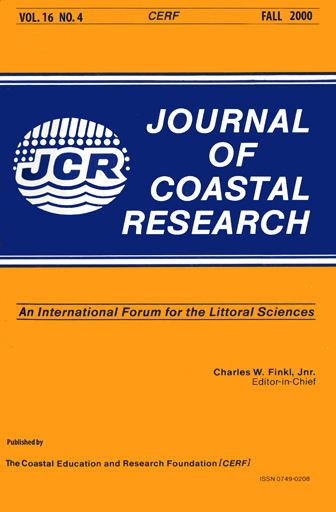Comparison of Wave Refraction and Diffraction Models
Keywords:
Numerical models, model comparison, wave transformation, mild slope equation, elliptic equation solverAbstract
Six numerical models: (1)RCPWAVE, (2)Ref/Dif-1, (3)RDE, (4)PBCG, (5)PMH, and (6)MIKE 21's EMS module, were examined for their performance on the simulation of water wave shoaling, refraction, and diffraction. Experimental data for waves traveling across an elliptic shoal were used as a standard for comparison. Although the last four models (i.e., elliptic or hyperbolic model) are capable of simulating strong wave diffraction, reflection, and resonance, those capabilities were not compared because RCPWAVE, Ref/Dif-1, and the physical model experiment are only capable of simulating water wave shoaling, refraction, and weak diffraction. The Ref/Dif-1 had excellent accuracy in the prediction of wave height; the predicted wave direction, however, was not good. The RCPWAVE had accuracy problems in both wave height and direction. The next three models (RDE, PBCG, and PMH) all performed very well on the simulation of wave shoaling, refraction, and diffraction, and they practically provided the same results for the case study presented. The EMS module for Mike 21 was slightly different than the previous three. Regarding the simulation of the passing-through boundary, the PMH model was better because of the nearly exact solution for this boundary. The MIKE 21's EMS module had a faster computing pace, but no output for wave directions and was incapable of including tidal current effects were the major drawbacks.


